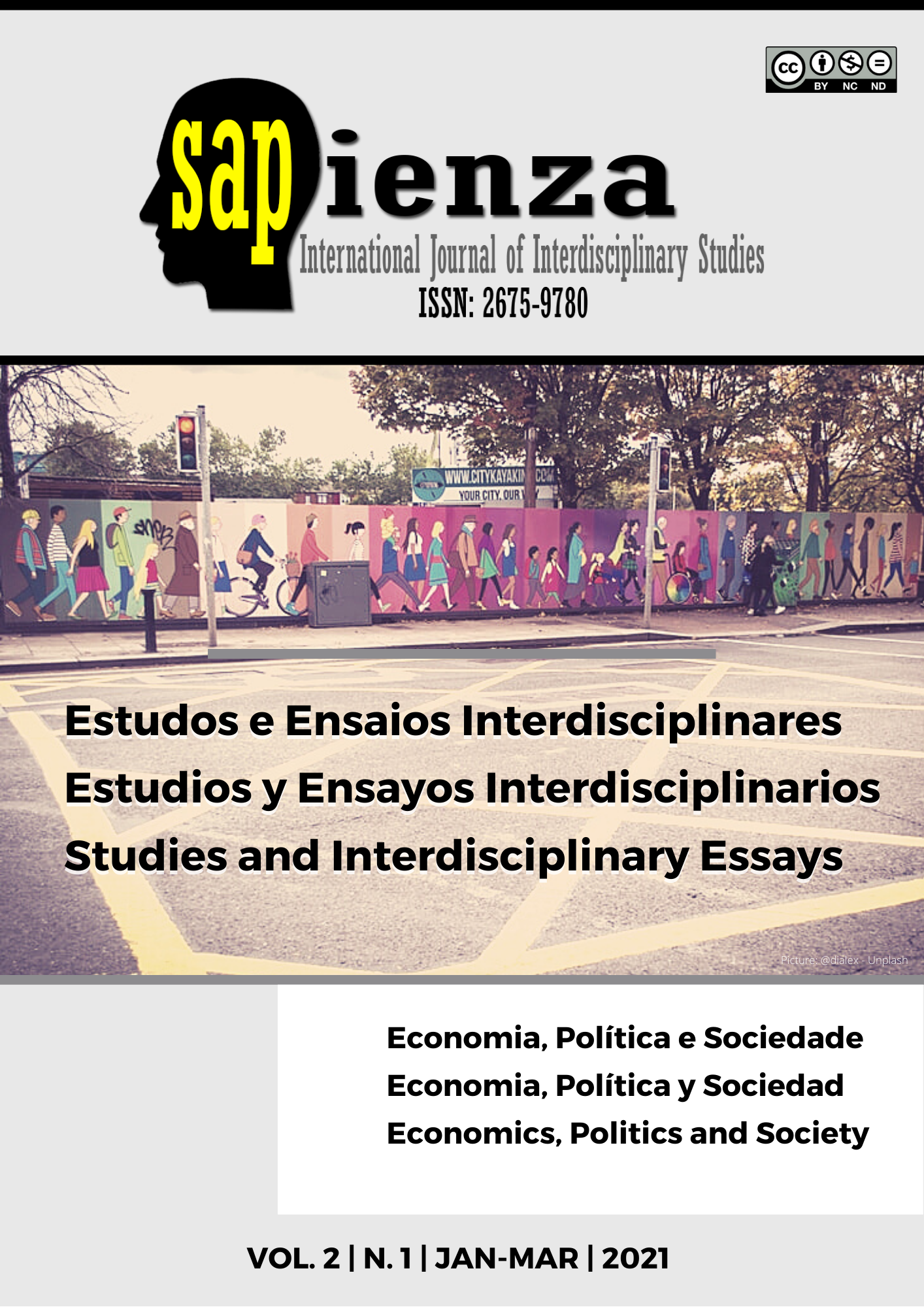From descriptive representation to substantive representation in Peru
congress women’s political participation in the 2020-2021 period
DOI:
https://doi.org/10.51798/sijis.v2i1.80Keywords:
Political parties, Substantive-representation, Descriptive-representation, Feminism, CongressAbstract
Women’s representation in politics is not only understood because of the affirmative measures adopted in political parties, but also due to the attention directed to women’s petitions in the decision-making process, which is known by substantive representation. This research has been though in a quantitative perspective with the aim to review how many women such as candidates and parliamentarians have participated, this is descriptive representation, and also the number of laws published in the The Peruvian diary related to empower women’s rights in the 2020 extraordinary congress period happened in Peru. The results show few laws made by women owing to the brief period and a minor quantity of women elected; however, tree out of four goals related to women’s rights in a Feminist Agenda have been legislated, which are about economics, politics, education, and health. Women’s representation, in both ways, has been weakened, but these women have guaranteed a descriptive representation for the next electoral period and forward.
References
Caretas. (2020). Flor Meza sobre Fuerza Popular: «No ha necesitado de cuotas para empoderar a la mujer». Caretas.
Castro, J. (28 de Enero de 2020). La agenda moralizadora del Frepap en el Congreso. El Comercio, pág. 1.
Dahlerup, D. (2009). About quotas. Quota project.
Dargent, E. (2019). Demócratas precarios. Lima: Instituto de Estudios Peruanos.
Deutsche Welle. (4 de Febrero de 2020). Y el velo femenino llegó a la política peruana. Deutsche Welle, pág. 1.
El Búho. (12 de Mayo de 2019). Arimborgo. El Búho.
Herrera, S. C. (2015). Mujeres, leche y política: Estudio comparativo del Programa del Vaso de Leche. ALACIP, 19.
Incio, J. (19 de Febrero de 2020). Partido religioso da la sorpresa en Perú: ¿es una amenaza para las reivindicaciones de género? CIPER Chile, pág. 1.
INEI. (2020). Estado de la población peruana 2020. Lima: INEI.
Levitsky, S., & Zavaleta, M. (2019). ¿Por qué no hay partidos políticos en el Perú? Lima: Planeta.
ONPE. (2020). Elecciones Congresales Extraordinarias 2020. Estadísticas de Lista de Candidatos, Candidatas y Resultados. Lima.
Phillips, A. (1995). The Politics of Presence. Oxford: Oxford University Press.
Pitkin, H. (1967). The Concept of Representation. Berkeley: University of California Press.
RPP Noticias. (10 de Mayo de 2019). De “Sodoma y Gomorra” a “nuevo terrorismo”: así criticó Fuerza Popular al enfoque de género. RPP Noticias.
Santisteban, R. S. (2009). Yo no he abortado. Intercambio, 1.
Valcárcel, A. (2019). La política de las mujeres. Madrid: Cátedra.
Villasante Cervello, M. (2020). FREPAP: un partido ultra religioso colonizador nefasto de la Amazonía. Instituto de Democracia y Derechos Humanos, 1.
Wayka. (7 de Mayo de 2020). Colectivos conservadores aprovechan cuarentena para campaña contra aborto terapéutico. Wayka, pág. 1
Downloads
Published
How to Cite
Issue
Section
License
Copyright (c) 2021 Sandra Ximena Niño de Guzman

This work is licensed under a Creative Commons Attribution-NonCommercial-NoDerivatives 4.0 International License.




